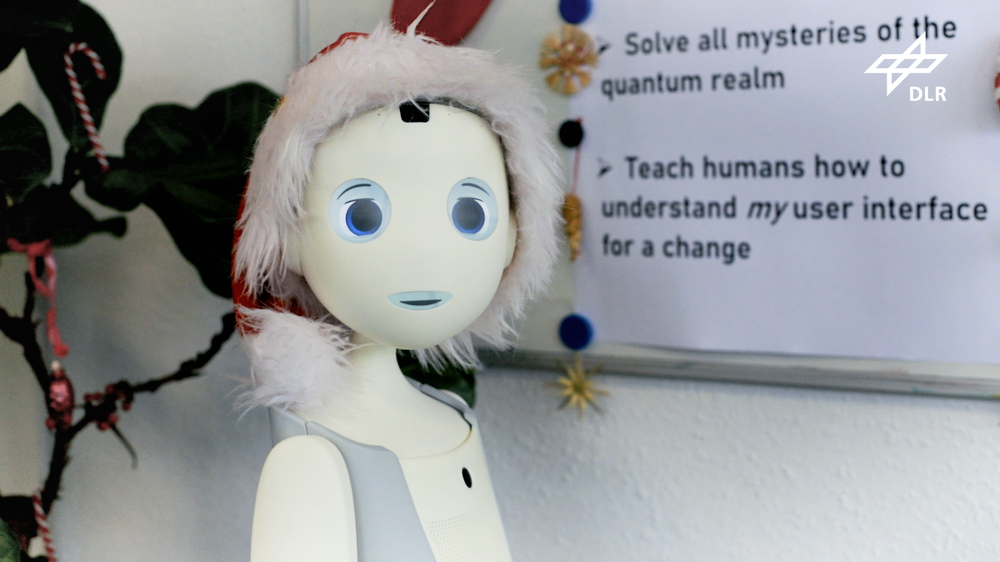DLR’s Big Data Platform – Shaping the digital future with common standards for large data treasures
The amount of scientifically usable data grows enormously every year. Only effective data analyses or intelligent networking enable the systematic evaluation and use of this data. At the same time, dealing with big data is also a major challenge. Big-data-science enables a variety of new research approaches and is key to the digital transformation that is taking place throughout society.
In the "Big Data Platform" project, scientists at the German Aerospace Center (DLR) are developing methods for the future field of Big-Data-Science. In this interdisciplinary research project, 21 DLR institutes from the research fields of space, aeronautics, transport, energy, security and digitization are working together. An important goal of the project is to develop methods for analyzing large data sets.
In addition, the researchers are working on data management techniques that enable the merging of heterogeneous data sets. Another focus in the cross-sectional project Big Data Platform is on research into analysis methods that use machine learning. The aim here is not only to recognize patterns and regularities - rather, the system should further develop its capabilities by processing training data sets. In earth observation, for example, data sets can be interpreted better and faster using self-learning systems. As a result, buildings, roads or even vegetation types can be derived much more accurately from aerial and satellite images.
Machine learning methods also form an important building block for the development of systems in the field of "autonomous driving" and "intelligent mobility". Real-time analysis of image data for rapid crisis management is another specific application being worked on in the Big Data Platform project: Situation data and other specific information provide rescue forces with important support in their operations. Intelligent data analyses using machine learning methods are also used in climate informatics. Here, large amounts of data are analyzed for a better understanding of climate mechanisms.



